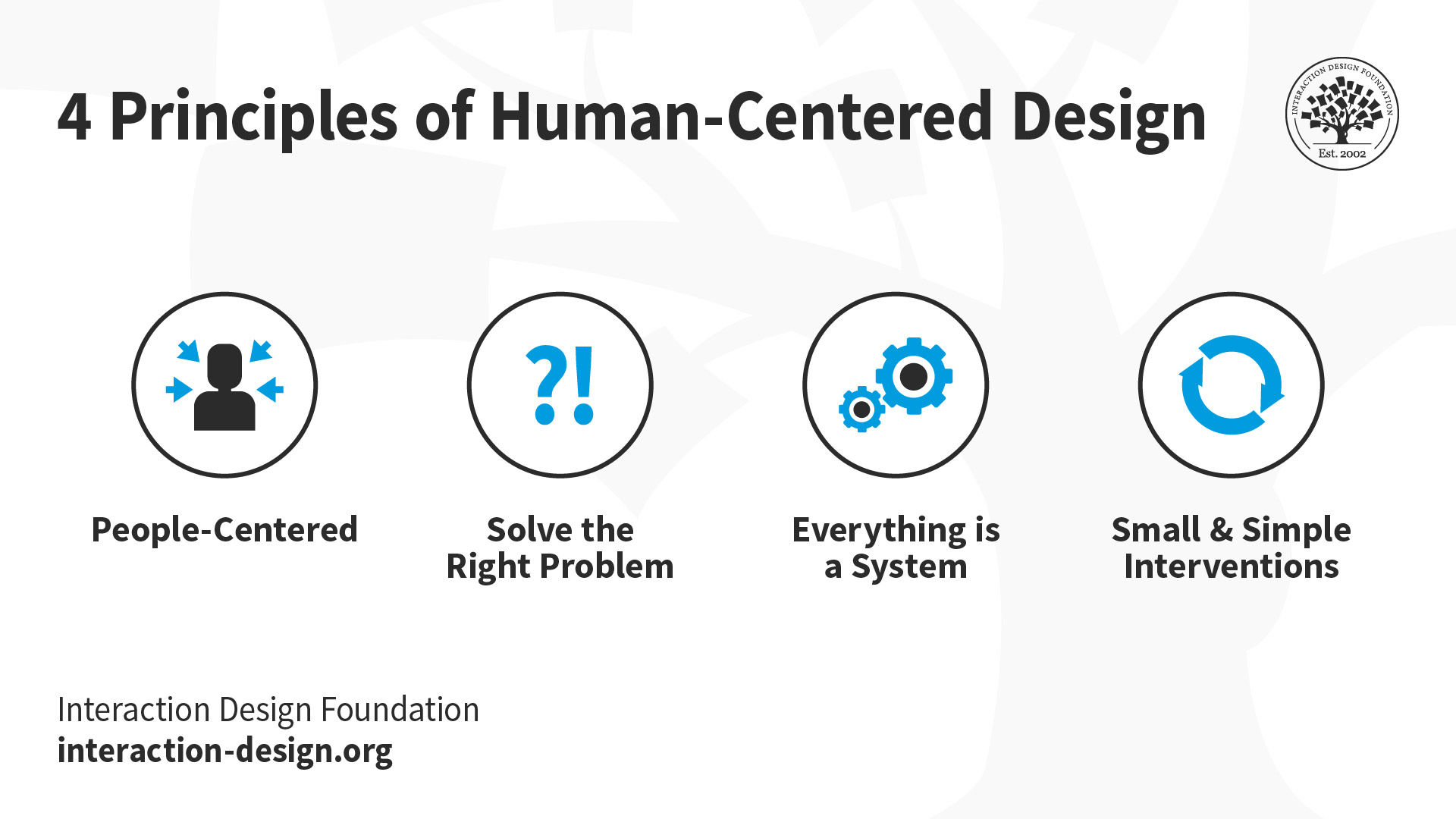Design Tools Of The 21st Century
21st century design is a practice where designers apply their focus to address the world's major problems. It is a shift from traditional design to seeing design as a way of thinking to solve complex human issues. By finding root causes, designers can co-create effective solutions with experts and the people they help.
"(I) do not solve the problem that I'm asked to solve."
— Don Norman, "Grand Old Man of User Experience"
See why 21st century design represents a massive change in how designers bring about change.
Show Hide video transcript
Show Hide video transcript
- Transcript loading...
A Brave New Approach for a Troubled Planet
Twenty-first century design represents a change in not only what designers do but also what they approach and how. Instead of designing great products and experiences, we as designers step back to consider design as a way of thinking. Cognitive science and usability engineering expert Don Norman coined the term as a vital approach to remedy a world plagued by many complex, deep-rooted and interconnected problems. We apply human-centered design (or, more precisely, humanity-centered design) via its four principles to:
-
Focus on the people we want to help, to make appropriate solutions for them. Other approaches don't center around specific populations or account for all the factors that intricately combine to make designing for particular groups so complicated. For example, root causes of an epidemic in Somalia will pose different challenges from those in Bangladesh; the political systems are different, as are many other factors affecting how designers could help.
-
Solve the right problem. Designers are more open-minded than specialists who tend to quickly offer a solution based on their expertise. This is a major benefit in that you take the time to ask if you're addressing the right problem.
-
See everything as a system. We know causes and effects don't exist in a vacuum. The effects of one problem usually extend back through a series of other issues within an intricate system. For example, designers can't "cure" a population's typhoid problem by cleaning village wells. Typhoid stems from contaminated food and water and occurs where hand-washing isn't sufficient. We'd need to get behind each root cause by using, e.g., the 5 Whys method, until we could get an accurate picture of the situation and address it properly, as a system.
-
Don't rush to a solution. Regarding people, societies and the various forces that bind them (i.e., economics and politics), our first solution usually won't be the right one. That's why we do small and simple interventions to see where these go and modify things until desired effects occur.

How to Do 21st Century Design
As designers, we already use special approaches (e.g., design thinking) to work towards optimal solutions to well-defined problems. Still, there's a gigantic gulf between designing something like a nice-to-have phone app for a close-to-home market and taking on complex socio-technical systems and wicked problems abroad. So, leverage humanity-centered design and:
-
Always include the people you're designing for. With the benefits of people-centered design, you can work your way towards the best solution to the right problem. Your target groups already have great insights into their problems and even good ideas about solutions. They just need outside help that respects their situation.
-
Always include experts. Using a multidisciplinary approach, you tap the talents and influence of everyone who can get behind the project to make it succeed as you fix the deep, underlying causes over time. Importantly, this must include the people themselves, throughout the design process. If they can't accept the solution and maintain it, it will fail.
-
Avoid discussing a problem by its symptoms. While symptoms will still need treatment, other experts typically won't go deeper, hence why the symptoms always return. Instead, remember that beneath a "surface problem" lurks a huge majority of the "iceberg". Within that harder-to-see mass, you'll gradually discover one root cause after another. Then, you'll need to determine how these relate to each other within that unique problem space. For example, if the causal chain of a problem is: shattered economy > homelessness > poor sanitation > cholera, the heart of the matter could be that the country is still recovering decades after a civil war. This complex issue would require aid from many sources before the population could have the stability to co-design and adopt the best solution. Often, though, there'll be fewer obstacles for you to work towards good, solid solutions that the people will gladly use and maintain so the original symptoms vanish.
-
Muddle through via small, simple interventions:
-
Monitor the results.
-
Modify your approach and keep experimenting.
-
Learn from what you see and fine-tune your interventions towards more successful outcomes.
-
-
Gain more influence. When you rise in your organization, you'll have more clout to achieve more for more people.
-
Overall, 21st century design is about commitment, courage, creativity and patience. As you help people help themselves through mentorship, facilitating and leveraging resources, you'll empower them to embrace powerful, long-lasting solutions that will make the world a better place.

Environmental and political forces are among the challenges for 21st century designers to address, insightfully. © Dazzle Jam, CC0
Learn More about 21st Century Design
Take our 21st Century Design course: https://www.interaction-design.org/courses/design-for-the-21st-century
Read this UX Collective piece for thought-provoking insights into 21st century design: https://uxdesign.cc/what-21st-century-design-looks-like-c08ffe98e428
Here's another compelling UX Collective piece on what 21st century design means: https://uxdesign.cc/21st-century-design-58fb8dfd42c6
Design Tools Of The 21st Century
Source: https://www.interaction-design.org/literature/topics/21st-century-design
Posted by: burkethentom.blogspot.com

0 Response to "Design Tools Of The 21st Century"
Post a Comment